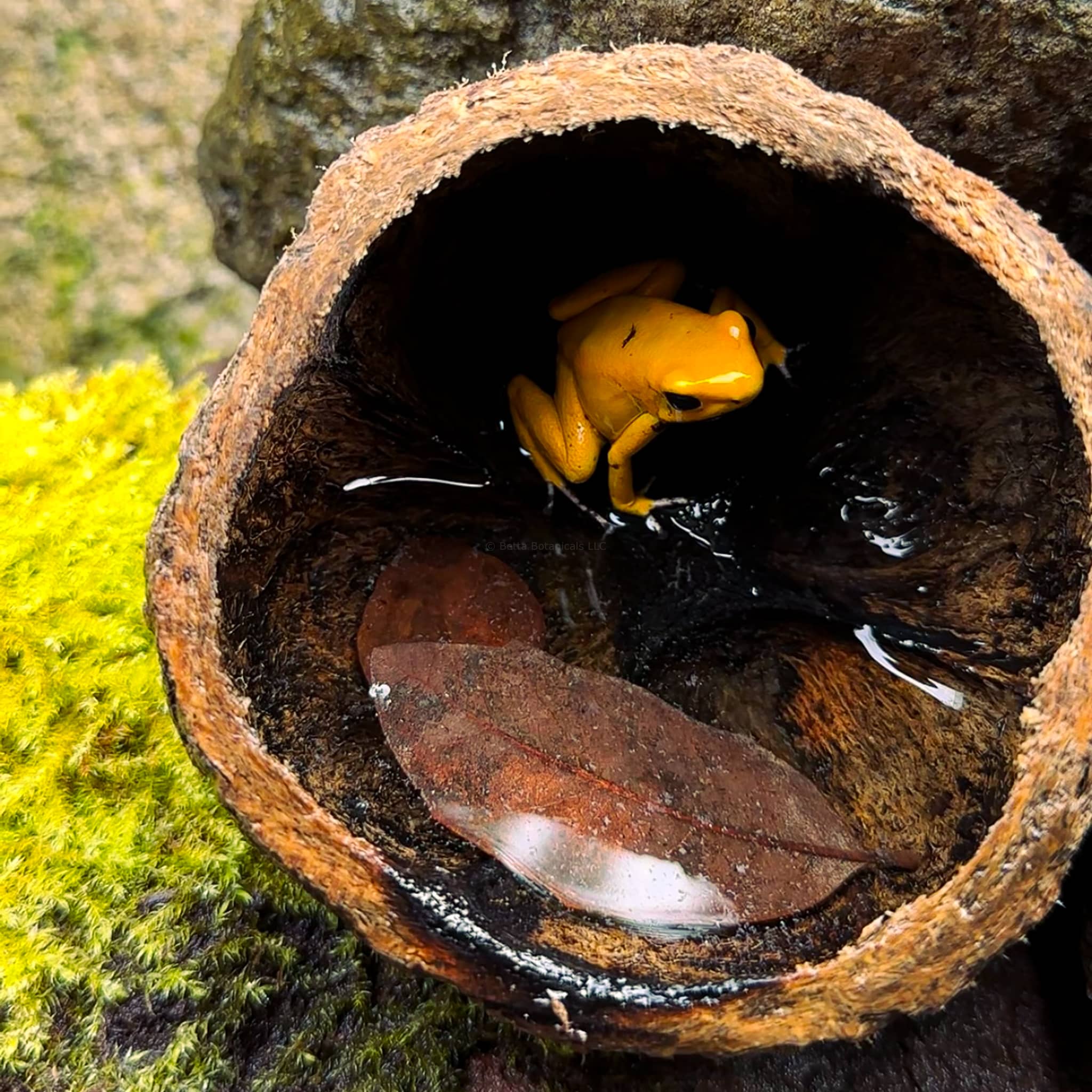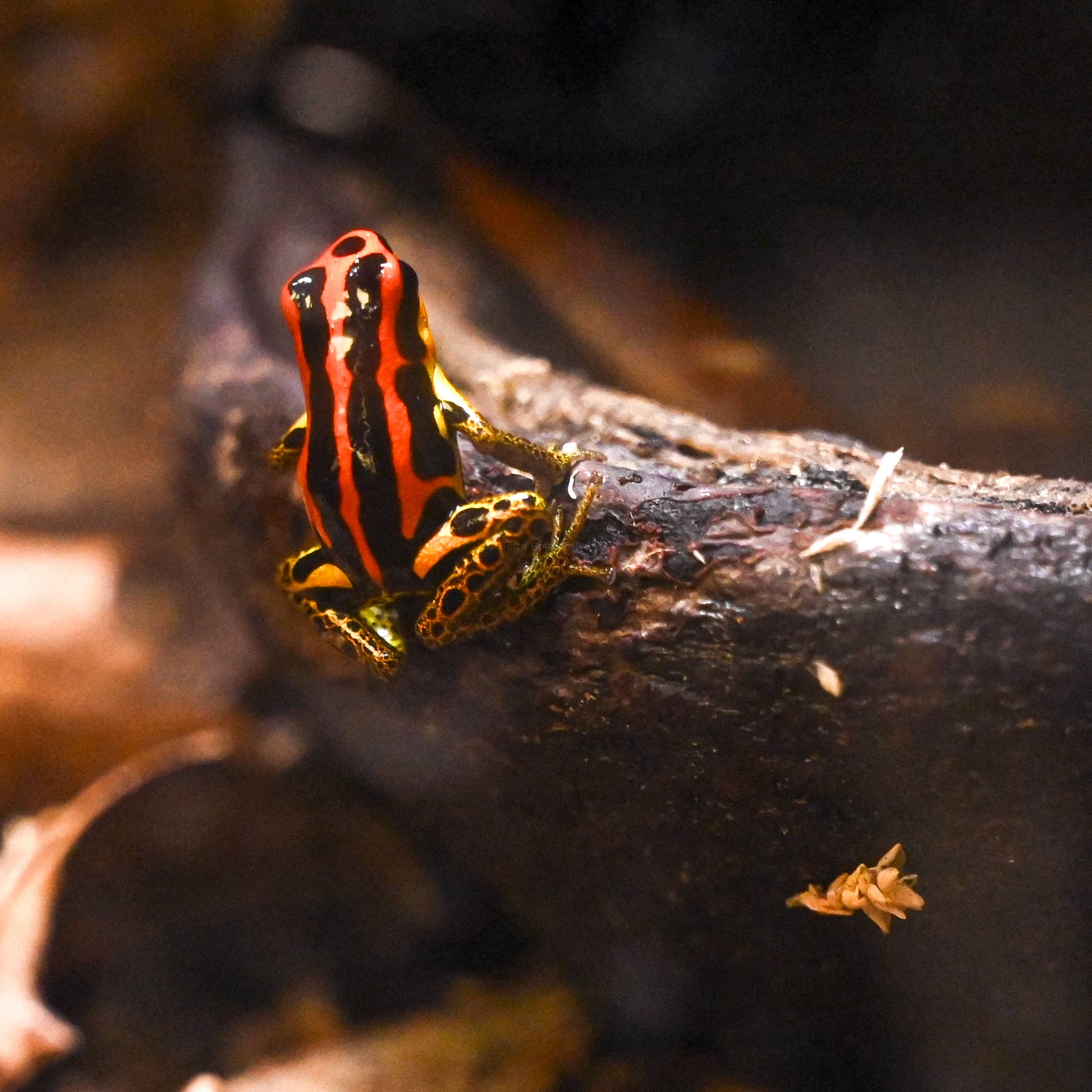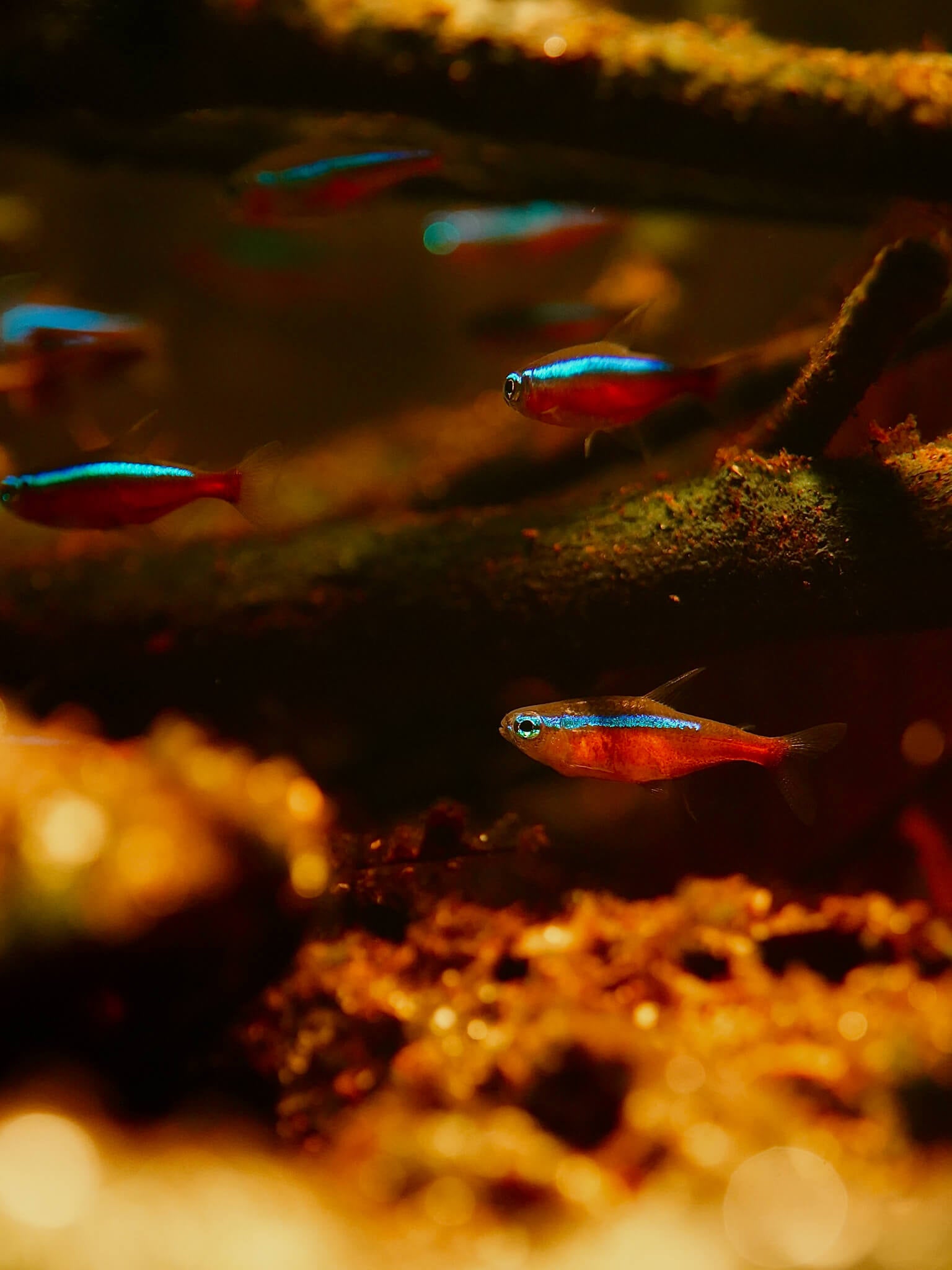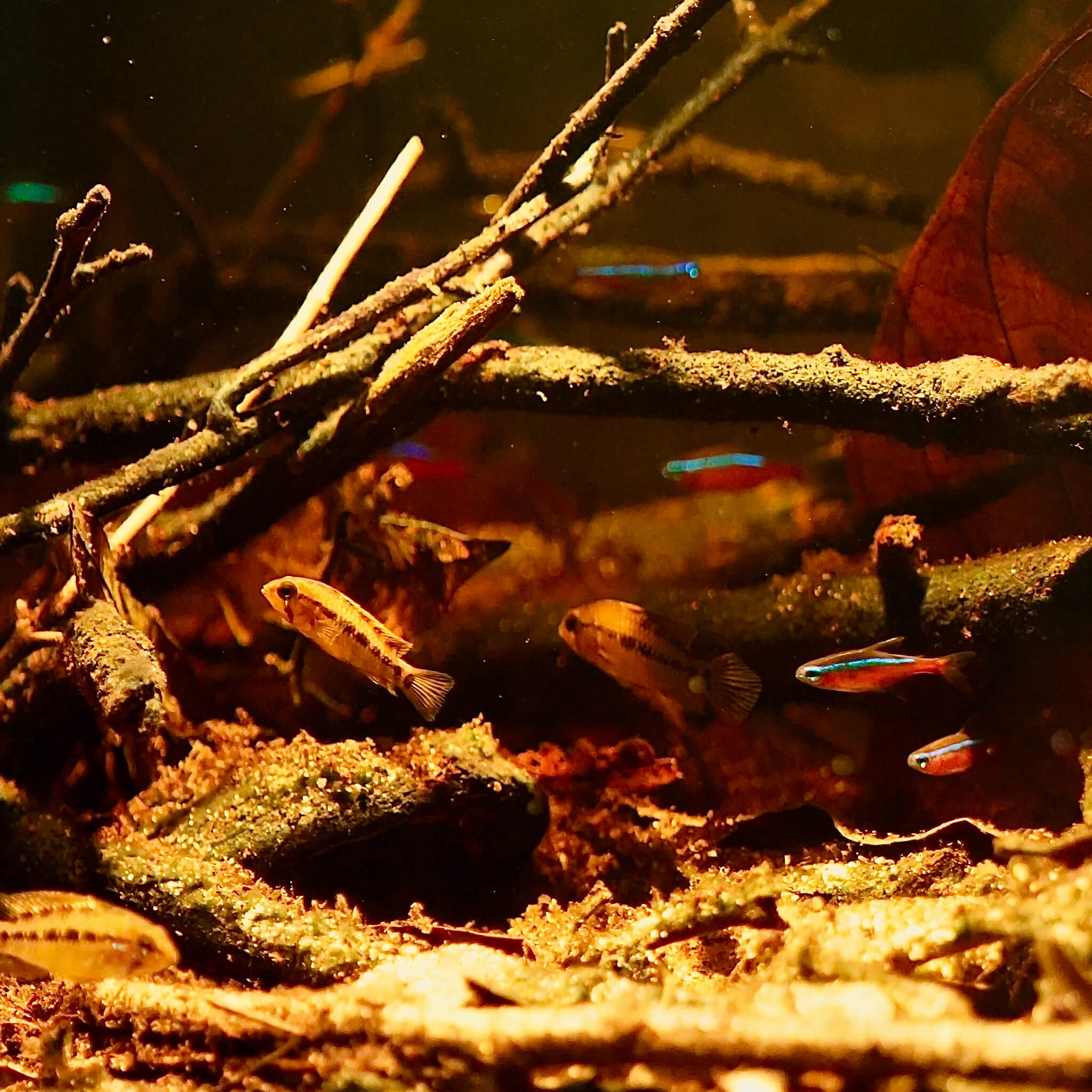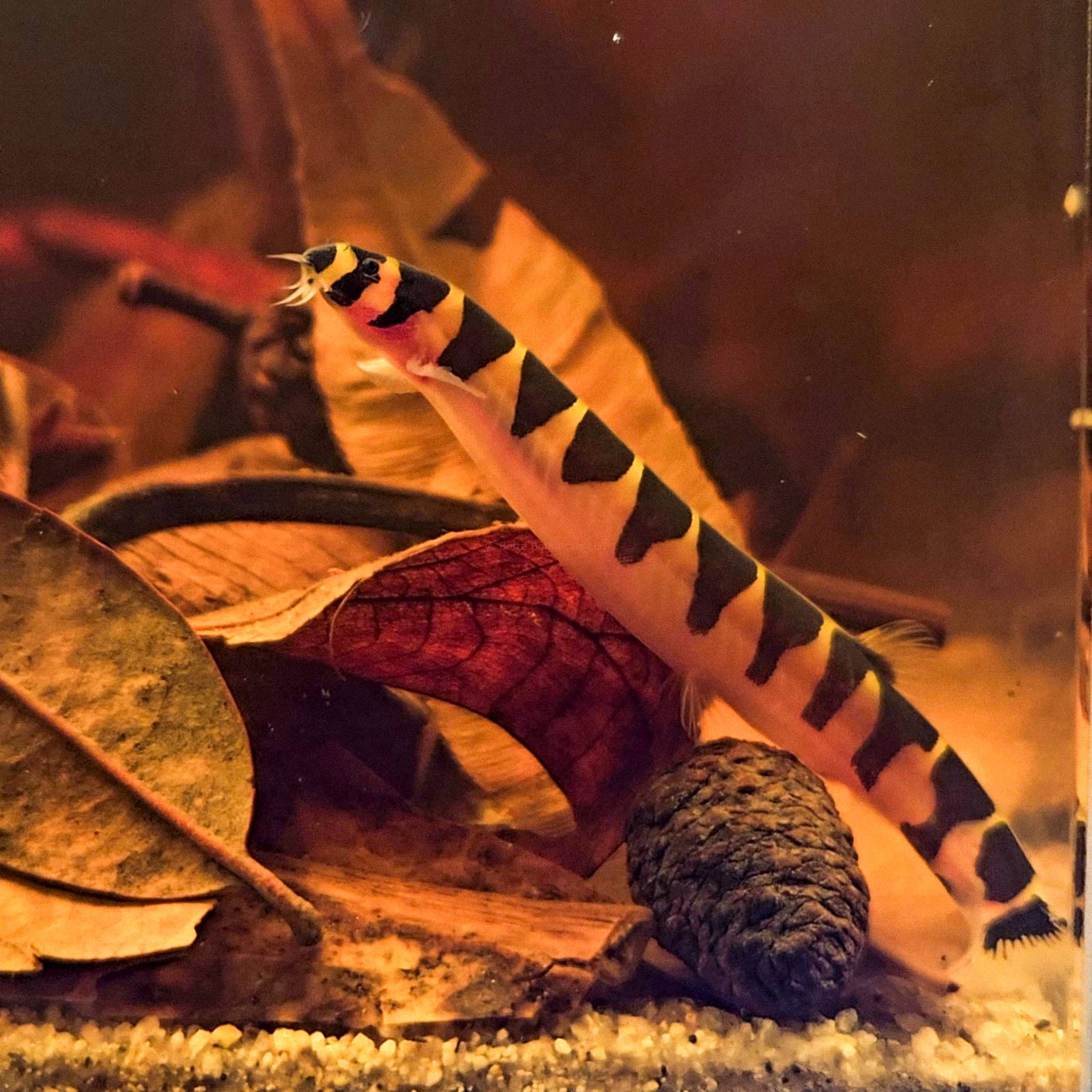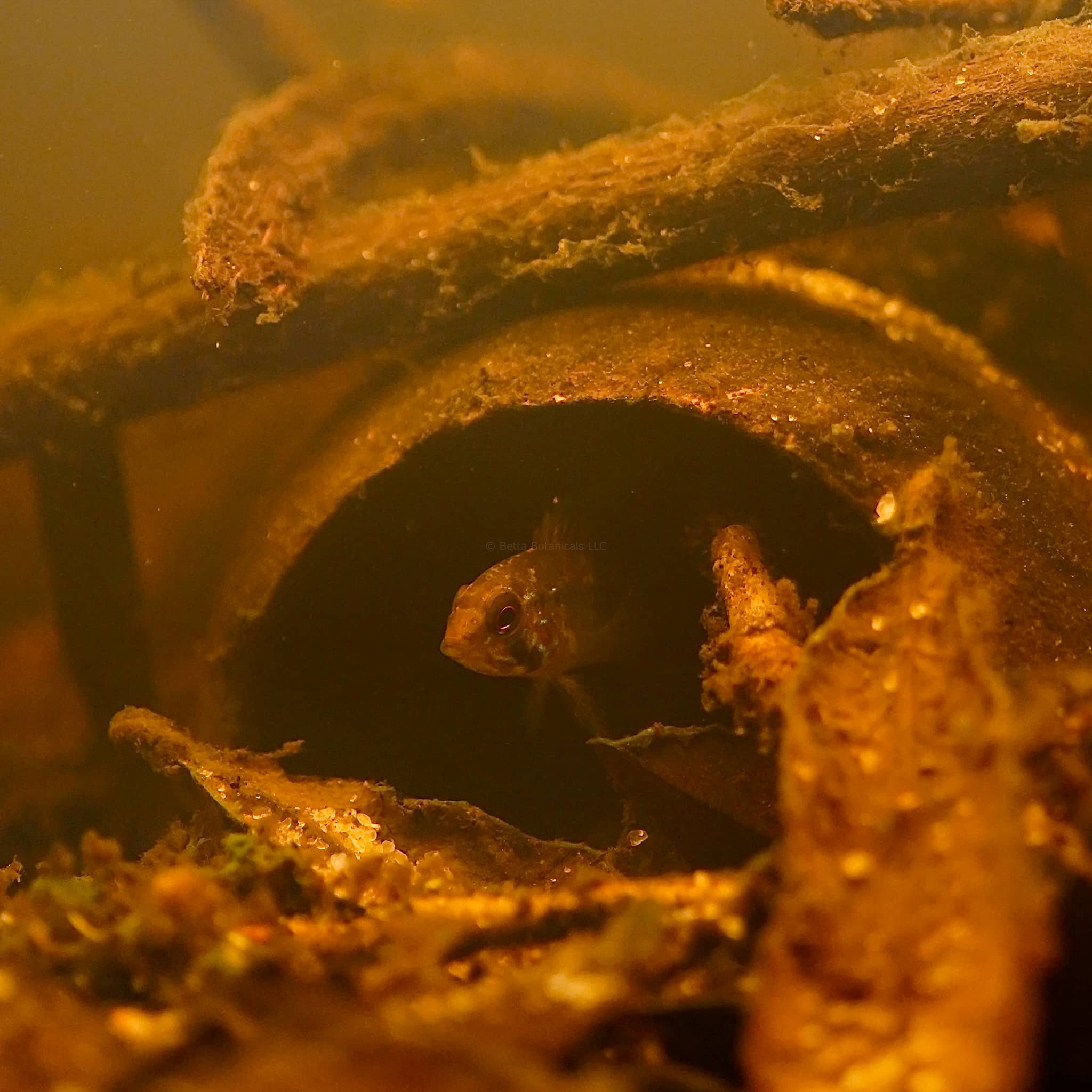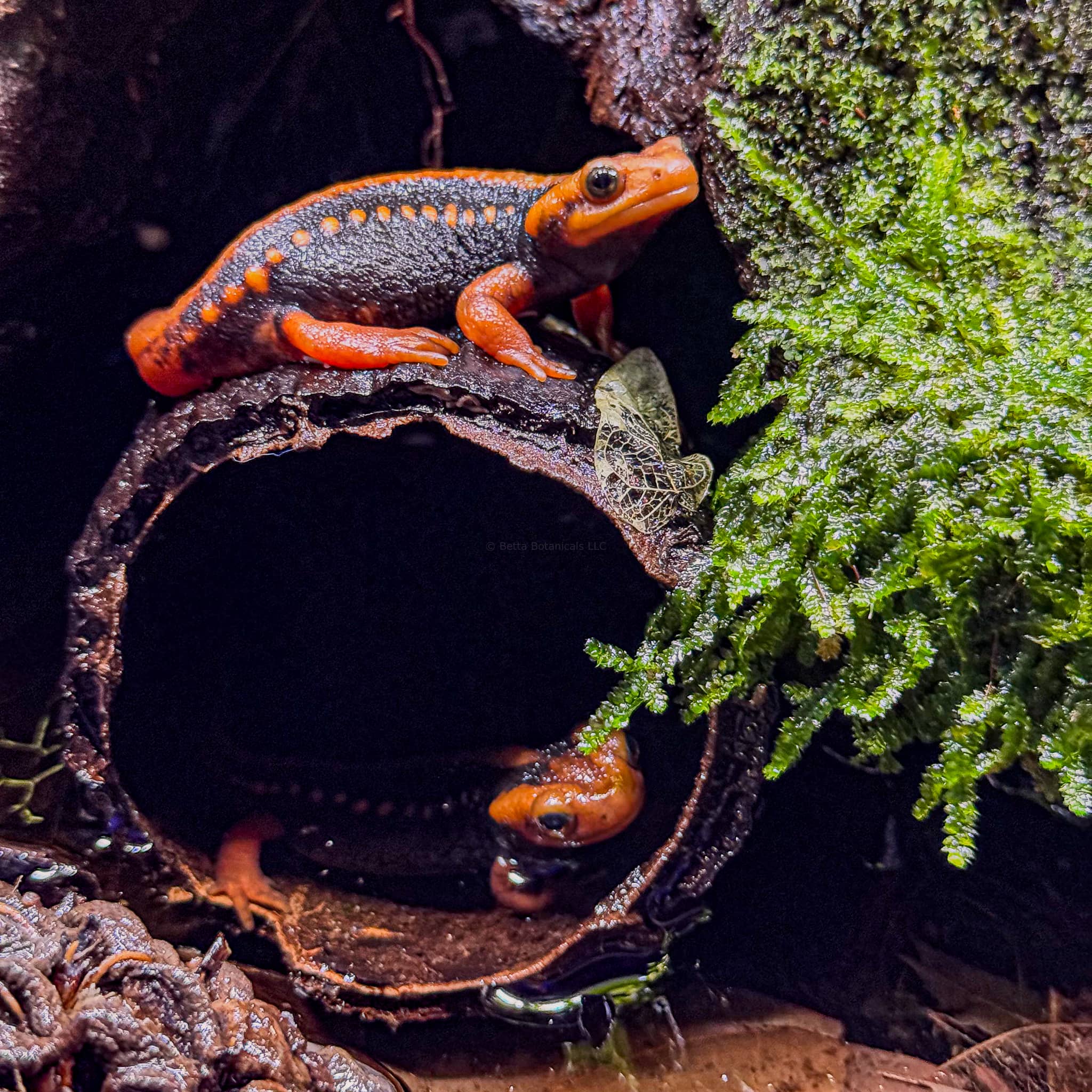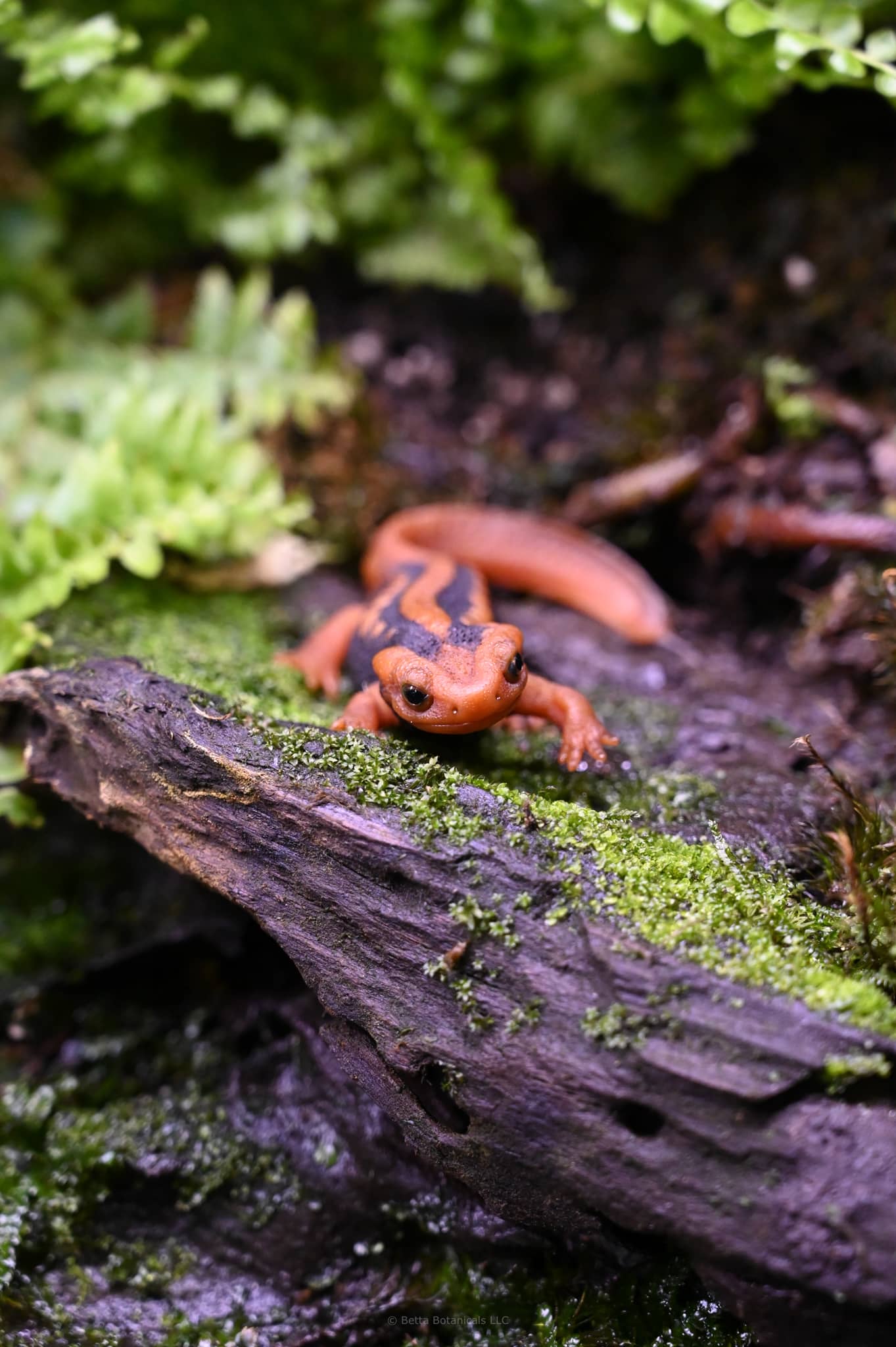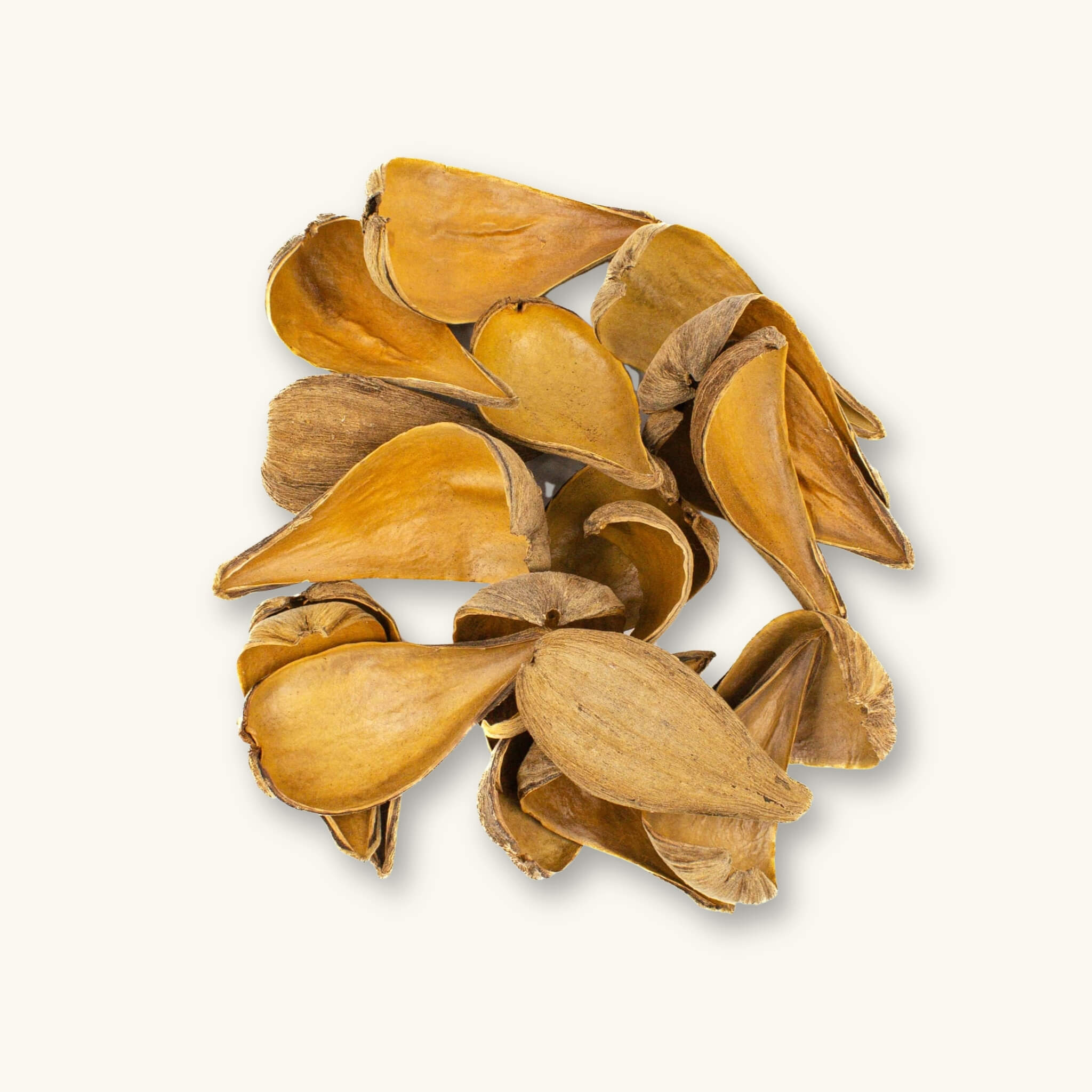
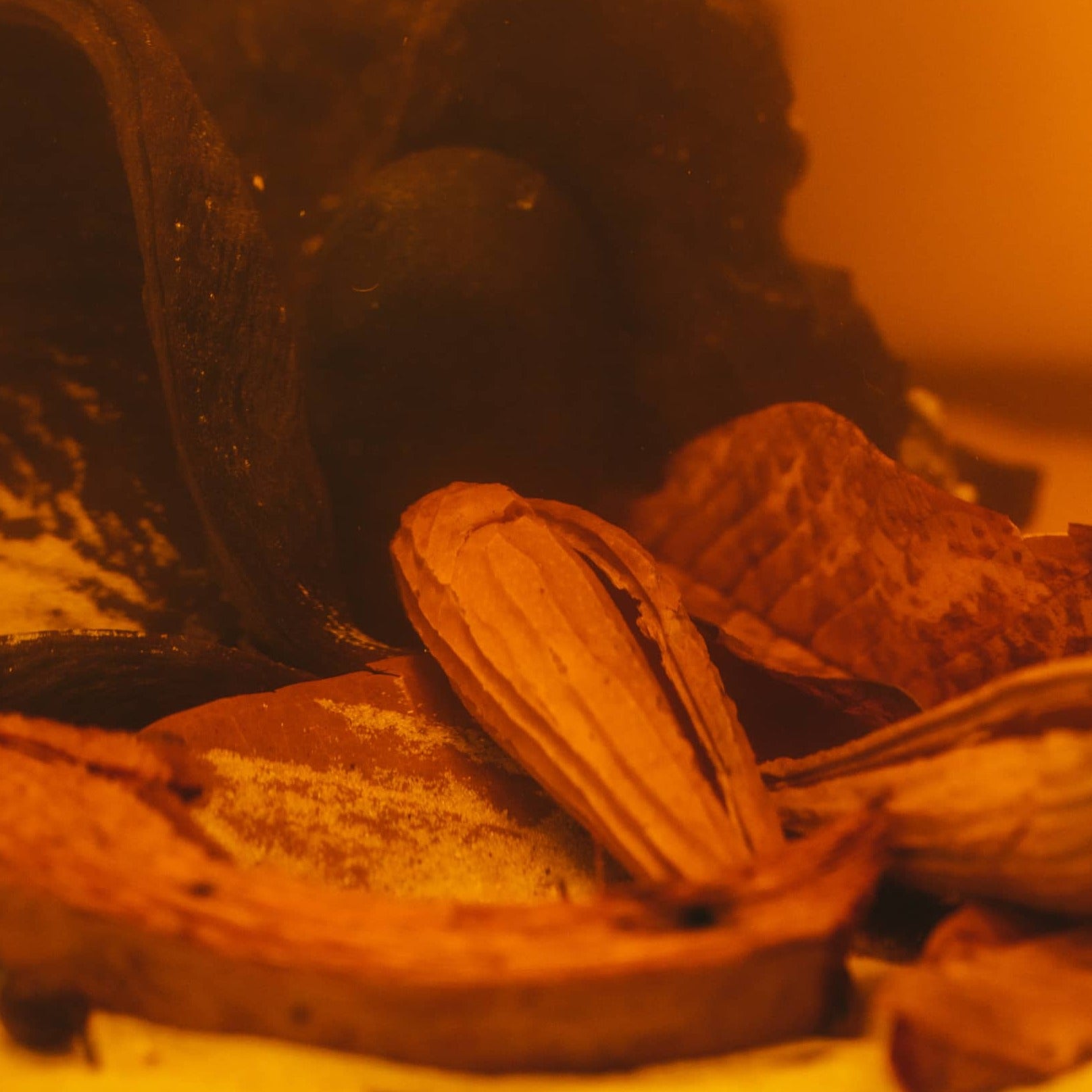
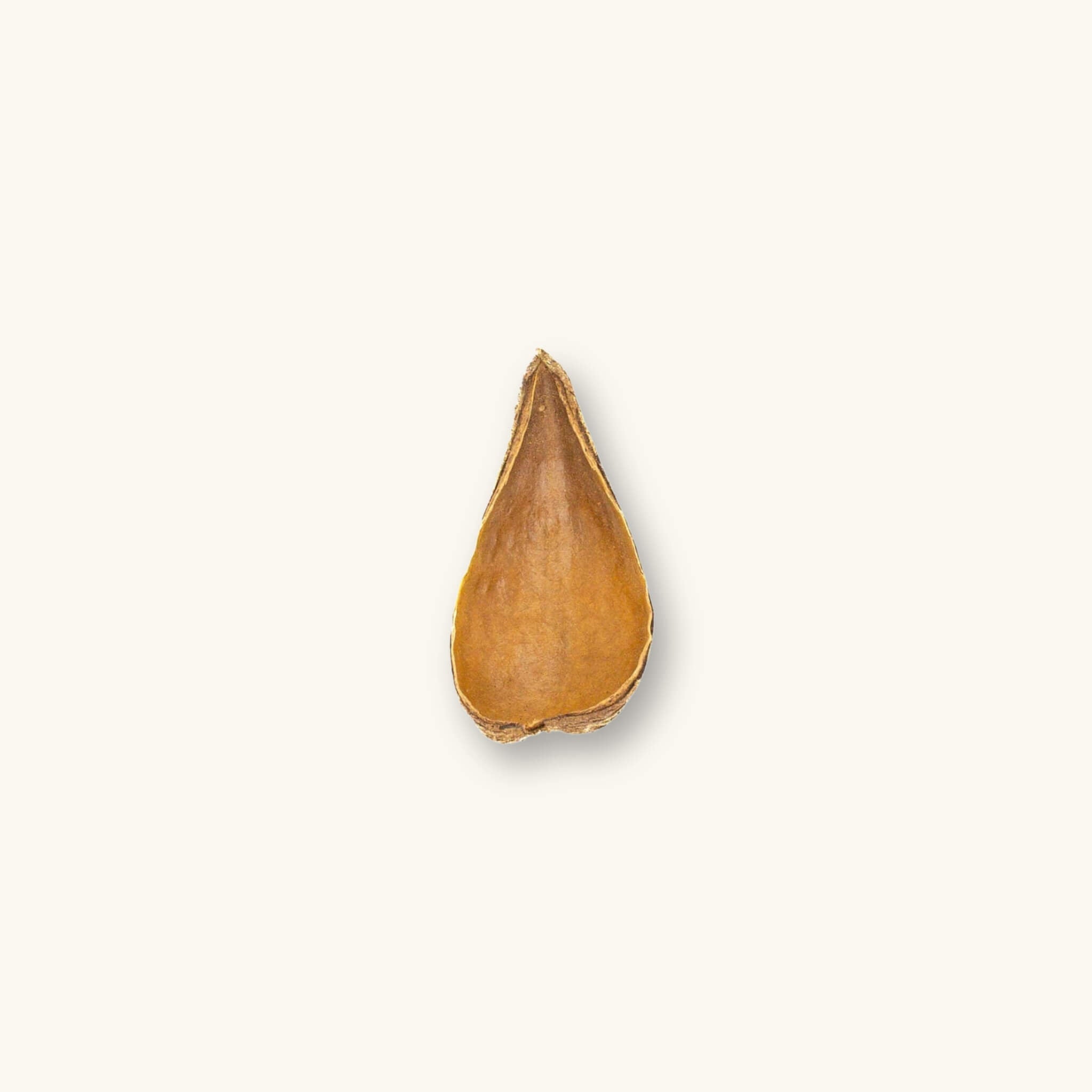
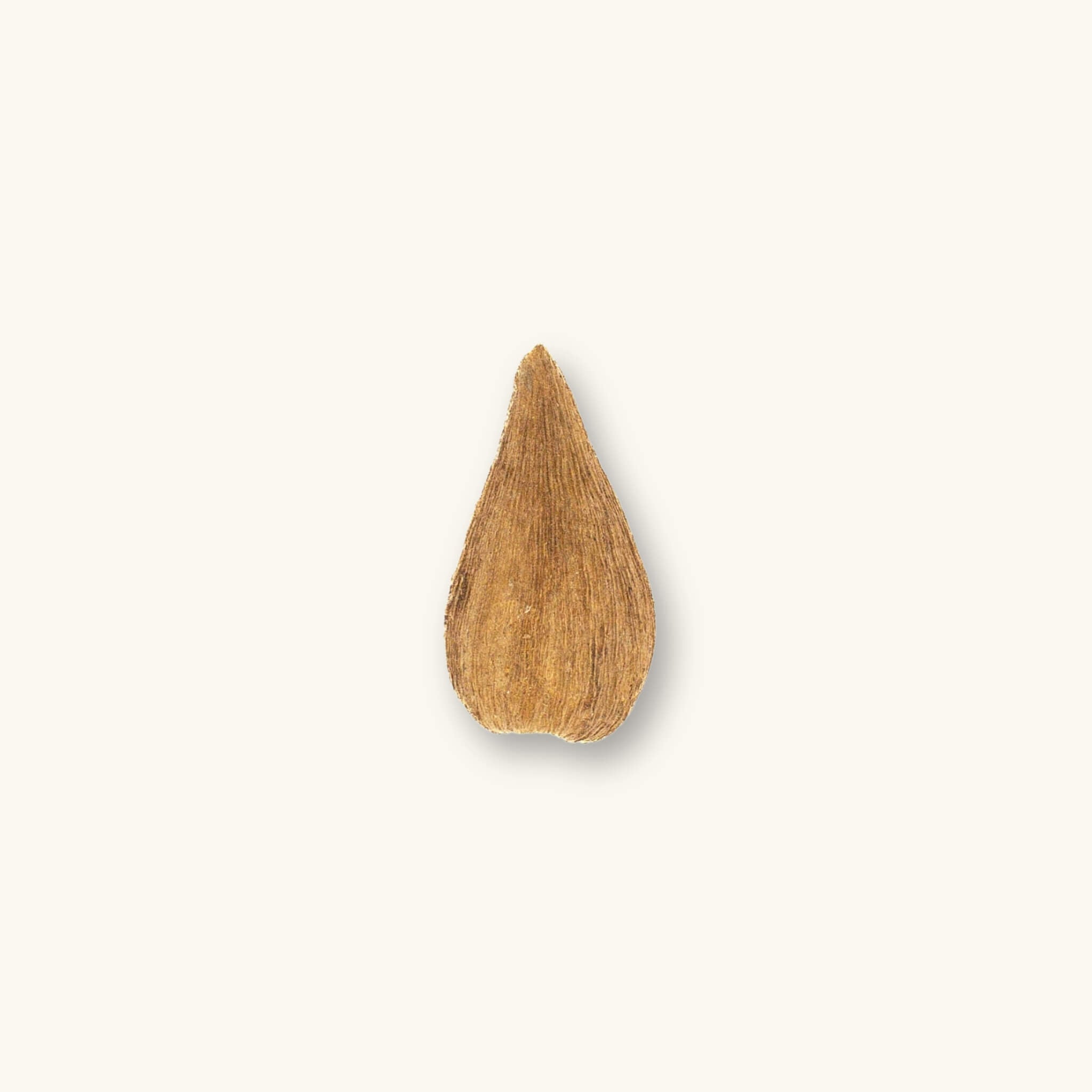
Dregea Pods | Dregea volubillis
Product Description: The Dregea Pod (Dregea volubillis) is celebrated for its soft interior which is eaten by shrimp, snails, and suckermouth catfish, and for the fibrous material left behind once it is broken down. These pods grow an abundance of supplemental nutrition like bacteria, fungi, and microfauna for our fish to eat. They have a soft and smooth inside and a ridged woody exterior that imparts a good amount of tannins to the water, and they will need a good soak in order to sink. Once these pods have been picked clean, a great deal of the 'pod structure' is left behind. We encourage you to leave this in the tank to develop your substrate. These pods tend to soften quite fast, breaking apart into long fibrous strands within a week or two, a facet we love because most pods don't do that. In the bioactive enclosure, those soft palatable insides are eaten by the clean up crew on the substrate. They are a delicacy for amphipods, and when positioned just right, make a great shelter for your frogs and geckos. This bag and its contents are biodegradable! Did you know our product packaging is made from renewable and sustainable sugarcane? So just like the botanicals inside, it will compost when returned to nature.
Not for Human Consumption. Preparation Required.
Quantities: 20c Dregea Pods. Sizes range. This is a natural product, and variation between leaves and botanicals is expected.
Aquarium Botanical Location: Sri Lanka

Dregea Pods | Dregea volubillis
Home is getting more natural
While the aesthetic appeal of botanicals and tinted water can be quite attractive to us, the recreation of nature to emulate water conditions, feeding patterns, spawning displays, and territory building are the true benefits botanicals provide to our critters.
Botanical FAQs
Compostable Packaging Promise
Our packaging is designed to return safely to the Earth, just like the botanicals inside. Every bag is BPA- and Phthalate-free, GMO-free, and contains no animal products. Each meets ASTM D6400 composting standards, ensuring it can fully break down in a home compost bin.
What are the Fluffy White Growths on my Botanicals?
That’s biofilm and fungi—what we call the “goo phase.” It’s one of the clearest signs that your aquarium is alive and functioning. These growths wax and wane naturally as botanicals decompose. They’re harmless, even beneficial, and will disappear on their own once microbial populations stabilize.
Will botanicals lower the pH of my water?
That depends entirely on your source water. In very soft or RODI water, botanicals can gradually lower pH as tannins and humic substances accumulate. In medium to hard tap water, buffering capacity often resists these shifts, and you may not notice much change. At Betta Botanicals HQ, our very hard water (350+ ppm) shows almost no pH change unless we use botanicals like Alder Cones or Macaranga Leaves.
When should I replace leaves or pods in my tank?
We recommend allowing botanicals to fully break down into detritus, since this fuels microbial life and enriches the substrate. You can remove them once they stop tinting the water, but you’ll lose some of their ecological benefits. Each time you add new botanicals, follow proper preparation and observe your livestock until you learn your aquarium’s rhythm.
Are your products just for bettas?
Nope. Our botanicals are safe for almost all aquariums, terrariums, vivariums, and paludariums. The only exceptions are goldfish and axolotls, which may ingest small pods like alder cones or casuarina cones. For those species, we recommend large leaves such as Indian Almond, Loquat, or Jackfruit.
What are Tannins?
Tannins are natural compounds released by leaves, seed pods, and bark as they decompose in water. They soften water, gently lower pH, and create the characteristic tea-stained tint found in blackwater habitats. But their role goes far beyond color—tannins fuel beneficial bacteria, fungi, and biofilms, which form the foundation of a healthy ecosystem. They also offer mild antifungal benefits and help reduce stress in fish by replicating the natural conditions they’ve evolved in. At their core, tannins are plant-derived antioxidants that connect your aquarium to the same processes at work in wild flooded forests and streams.




